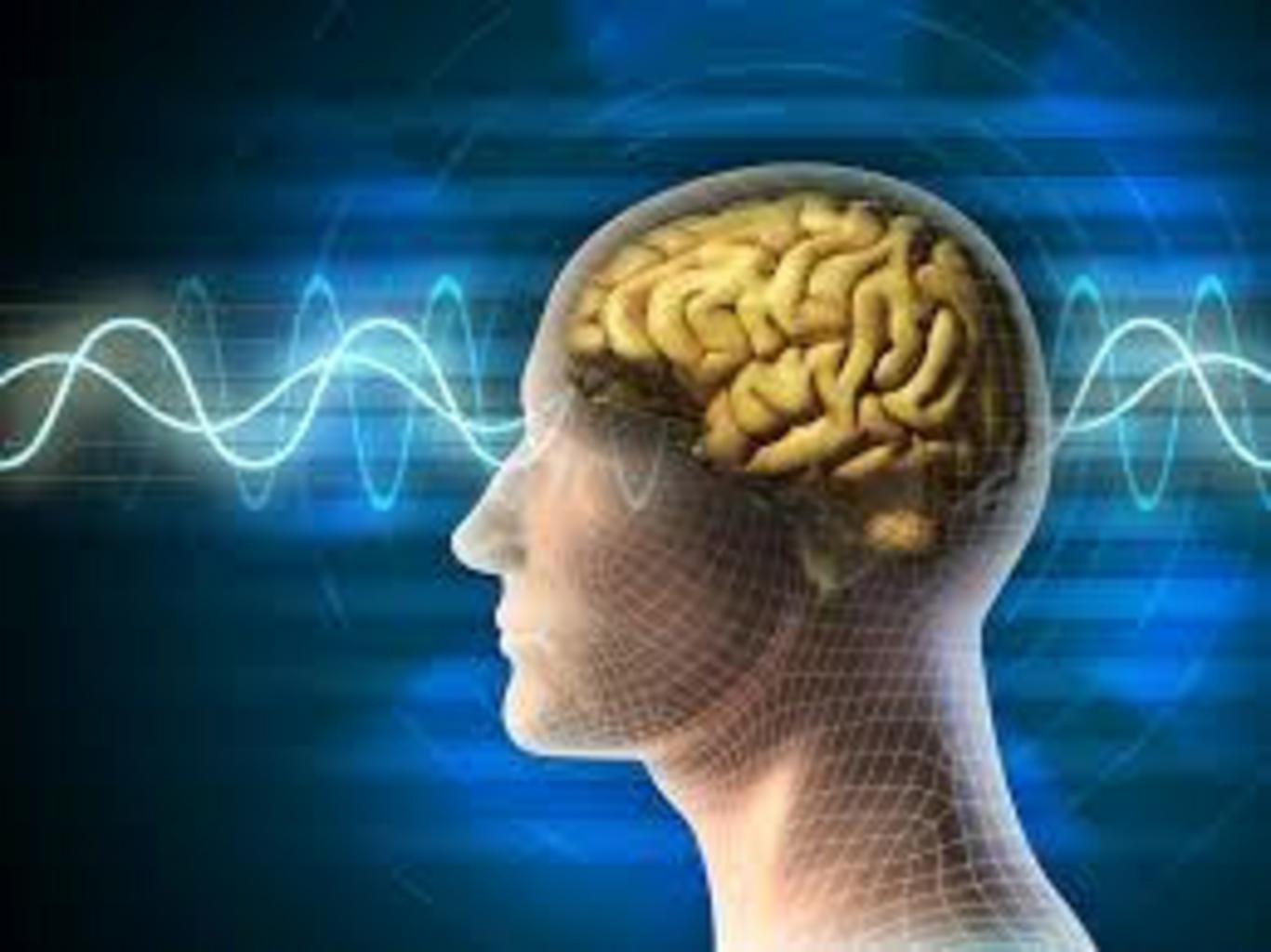Biofeedback/
Neurotherapy
What is Biofeedback?
Biofeedback A general goal of biofeedback is to help individuals develop control over physiological processes to help their health, reduce unnecessary stress, and improve the quality of their life. In biofeeedback, we use highly sensitive electronic instruments to monitor, and feedback this physiological information to the patient. Training in relaxation skills and other self-regulation strategies is performed to enhance the development of greater control. Common specific goals of biofeedback involve monitoring and training control over physical features such as muscle tension, finger temperature, sweat gland activity, heart rate and heart rate variability, and brain activation. The biofeedback modalities that correlate with these goals are sEMG (electromyography), temperature, EDR (electrodermal response), HRV (heart rate variability training), and EEG (electroencephalograph) biofeedback. EEG biofeedback is also referred to as Neurotherapy. Biofeedback has been shown to be helpful for a variety of problems and conditions, including anxiety, ADHD, chronic pain, epilepsy, chronic headaches, hypertension, insomnia, TMJ dysfunction, and traumatic brain injury.
Quite often biofeedback is not used as a ‘stand alone’ treatment but is incorporated with other treatment modalities and approaches to help the patient. Other psychological treatment modalities may include cognitive and behavioral therapy as well as other psychotherapeutic approaches. Biofeedback can also be helpful when used in coordinatin with the patient’s ongoing medical treatment, such as medications, physical therapy, occupational therapy, and neuromuscular massage therapy.
Biofeedback treatment/training sessions are frequently scheduled on either a weekly or twice weekly basis, with each session lasting approximately 45 minutes. The length of the treatment/training process can vary considerably depending on the specific biofeedback modality and the severity of the individual’s problems, but generally the average range of biofeedback sessions is somewhere between 6 – 20 sessions. The patient is frequently encouraged to practice skills and/or complete other related therapeutic ‘homework’ between visits.
The following points might help in understanding what biofeedback is:
- “Biofeedback is the use of instrumentation to mirror psychophysiological processes of which the patient is not normally aware for the purpose of helping the patient acquire greater control or otherwise correct inappropriate psychophysiological processes.”
- Bio refers to biology. Feedback refers to the sharing of information back to the individual.
- biofeedback is not a passive measurement process. Nor is it a passive ‘treatment’ process. The biofeedback instruments are not actively doing something to the patient while the patient simply sits passively. Instead, the biofeedback instruments provide very useful information and serve as a guide to help the patient learn skills. Biofeedback involves the active involvement of the patient in a training process.
Biofeedback, in conjunction with other treatments, has been found to be helpful for a variety of physical and emotional conditions, including ADHD, Anxiety, Chronic Pain, Headaches, Hypertension, Insomnia, Incontinence, Jaw Area Pain, and Non-cardiac Chest Pain. For a complete listing of diagnoses treated with biofeedback, please follow the link below to the Association for Applied Psychophysiology and Biofeedback and click on the Consumers button. Then click on the Disorders and Treatment selection in the ‘Quick Links’ box.
Neurotherapy is a specialty area within the field of biofeedback that focuses upon training individuals to gain control over and change electro-physiological processes in the human brain. This modality of biofeedback uses information from the electroencephalogram (EEG). There is a growing body of research that indicates that many neurological and medical disorders are associagted with abnormal patterns of brain activity. The goal of neurotherapy is to help the person modify abnormal patterns, normalizing or optimizing the brain activity. Currently, most of the research and clinical use of Neurotherapy is focused on the areas of ADHD, learning disorders, seizures, depressin, anxiethy, acquired brain injury, and substance abuse. Neurotherapy treatment protocols tend to be more complex and extensive compared to other biofeedback protocols. It is not uncommon for Neurotherapy trainng to requiere 40 – 60 or more treatment/training sessioxs
In order to develop the most appropriate treatment approach, or protocol, for neurotherapy, it is common for the treatment provider to initially perform an assessment. This may consitst of a clinical interview and completion of questionnaires and/or administration of cognitive tests. It is also likely that the treatment provider would perform an EEG assessment to help determine a specific protocol. This EEG assessment is usually referred to as either a Quantitative EEG or ‘QEEG’ or a “Brainmap.’
Dr. Born is currently not providing EEG/Neurotherapy services in his practice. If you would like recommendations regarding Neurotherapy providers in Georgia, please contact Dr. Born and he will assist you with this information. A recommended Neurotherapy practitioner in Athens is Pam Key at Creating Clarity. Her phone number is (706) 395-3097
For more information on biofeedbackcheckout the following links:
To Improve the Quality of Life
Flexible appointments
Or call — 706-543-7605

